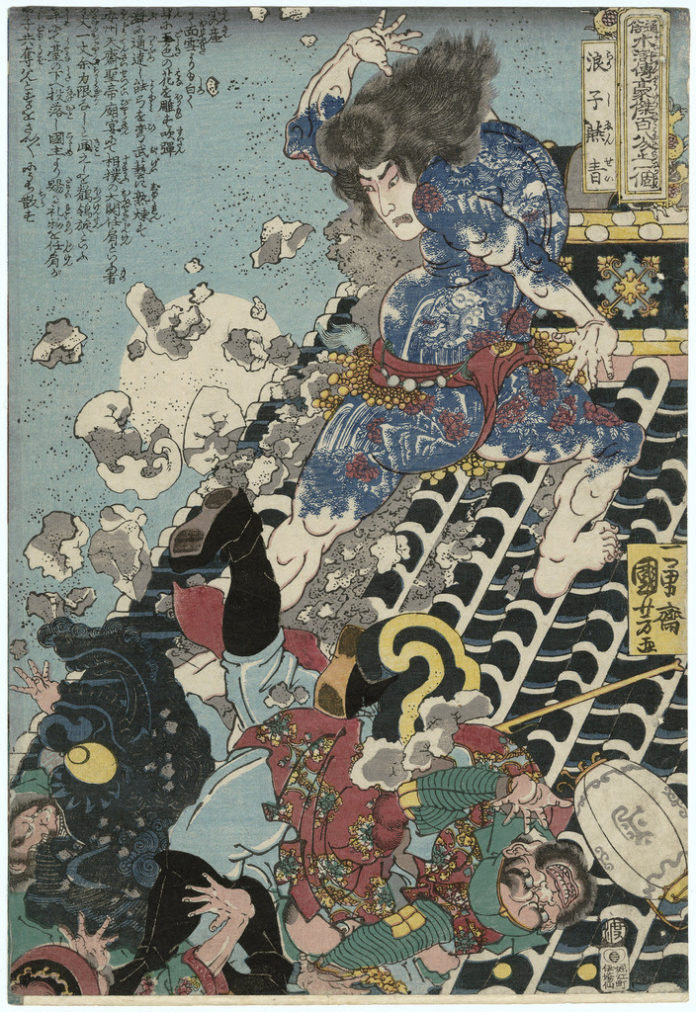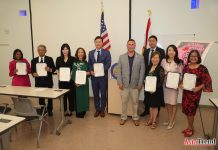
AUGUST 11–DECEMBER 10, 2017

In August, the Museum of Fine Arts, Boston (MFA), opens an exhibition of works by rival artists Utagawa Kunisada (1786–1864) and Utagawa Kuniyoshi (1797–1861), the two foremost designers of ukiyo-e woodblock prints in 19th-century Japan.
Kunisada was the popular favorite during his lifetime, famous for realistic portraits of Kabuki theater actors, sensual images of beautiful women and the luxurious settings he imagined for historical scenes. Kuniyoshi is beloved by today’s connoisseurs and collectors for his dynamic action scenes of tattooed warriors and supernatural monsters—foreshadowing present-day manga and anime—as well as comic prints and a few especially daring works that feature forbidden political satire in disguise.
The exhibition presents a selection of 100 works, drawn entirely from the MFA’s preeminent Japanese collection, including large, multi-sheet images in brilliant color—many of these are on view in the US for the first time. Visitors are invited to decide for themselves which of the two artists is their personal favorite.











